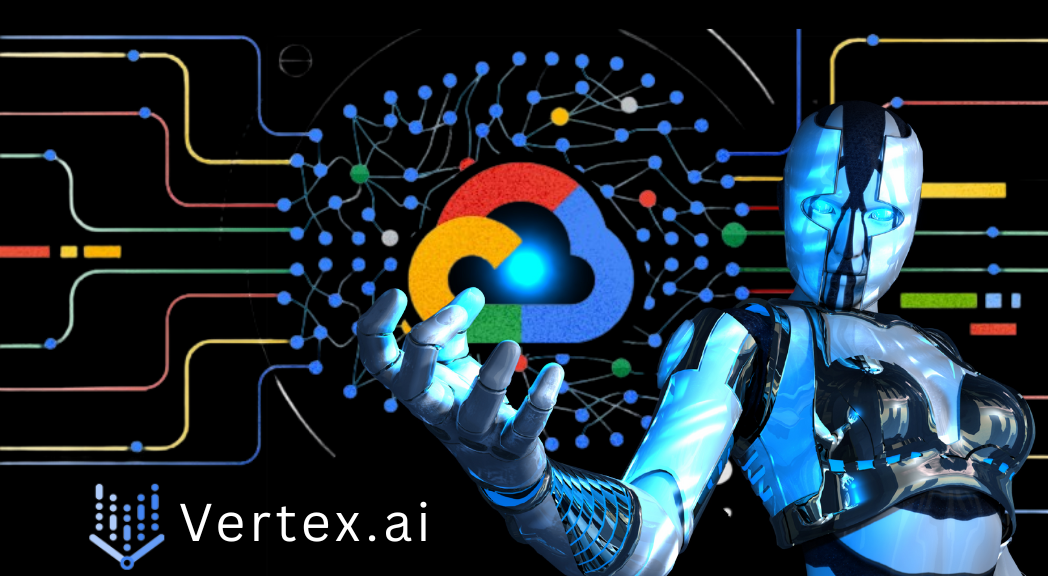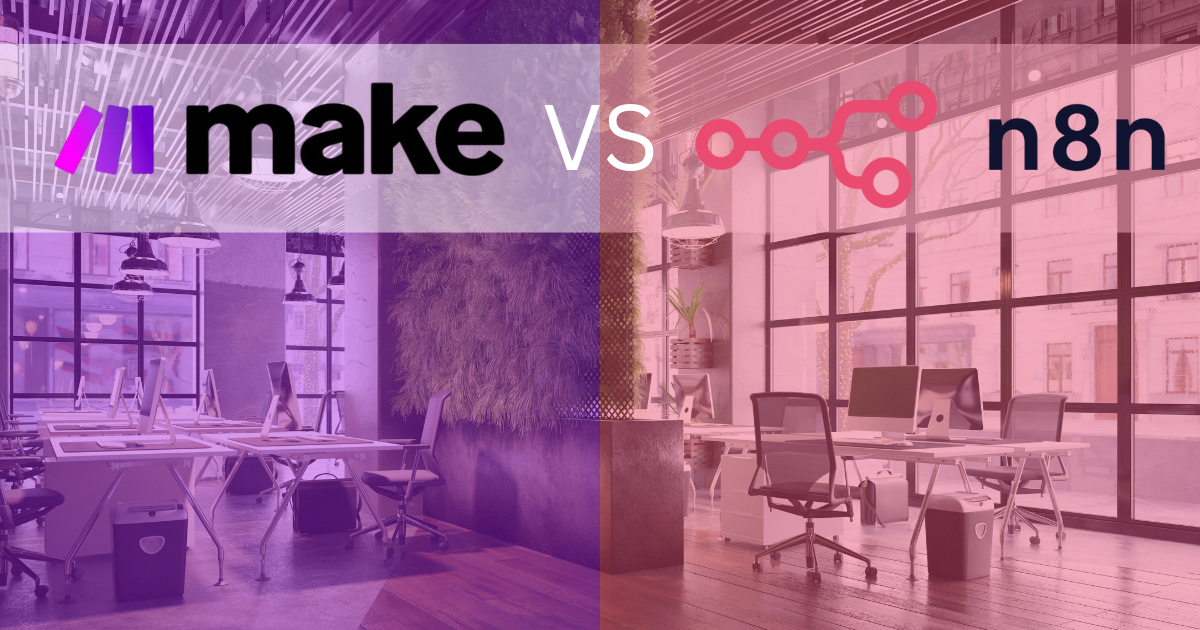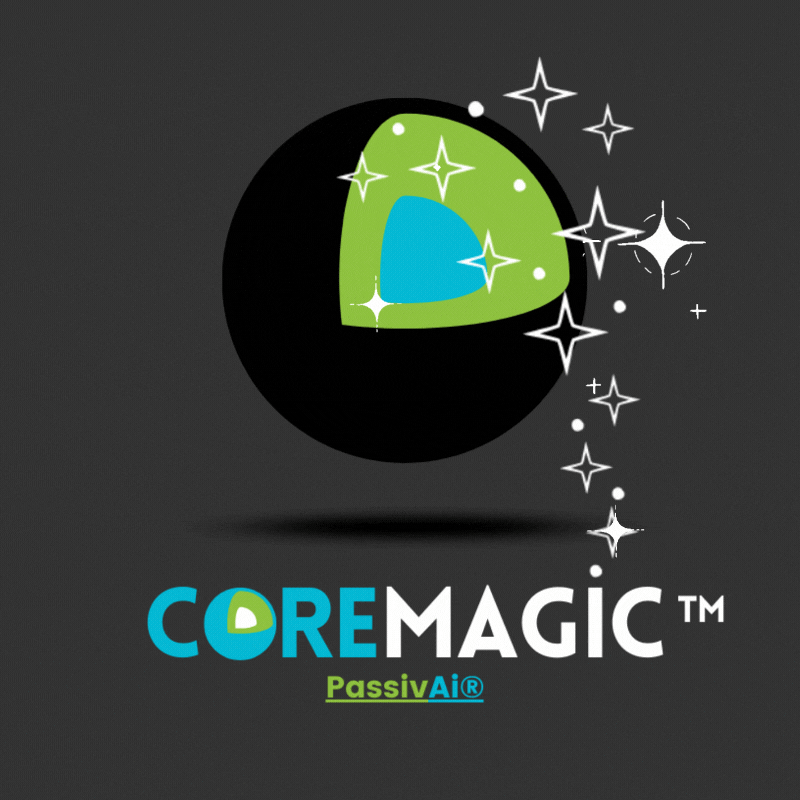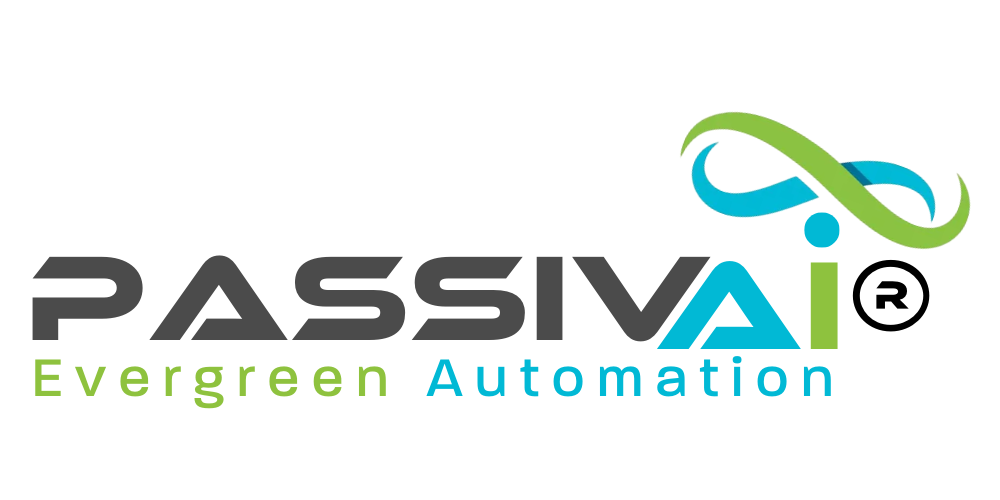Google Vertex AI:

The Future-Ready Toolkit Transforming Productivity and AI-Driven Workflows
Not long ago, the idea of building machine learning models, deploying them at scale, and managing their performance sounded like the domain of research labs or unicorn tech companies. Today, with Google Vertex AI, the playing field has changed completely.
Whether you’re a data scientist, founder, operations lead or coach managing digital systems, Vertex AI now gives you enterprise-grade AI infrastructure – without the enterprise-grade headache. The question isn’t whether you’ll use tools like this. It’s whether you’ll use them before your competitors do.
What is Google Vertex AI – and why should you care?
“The companies that thrive in the AI era won't be the ones who adopt AI, they'll be the ones who integrate it across their value chain.” - James Manyika, SVP Technology and Society, Google
Google Vertex AI is a unified platform designed to simplify the machine learning lifecycle – from building to deploying, monitoring to maintaining. It's also the engine behind many of Google’s AI-powered tools, including Gemini Advanced, Google AI Studio, and MLOps orchestration.
You don’t need to build everything from scratch anymore. Vertex AI offers pre-trained models, low-code tooling and production-ready APIs. Even if you're not a machine learning engineer, Vertex is now accessible enough that you can build powerful systems using:
- Vertex AI Workbench for training and collaboration
- Vertex AI Pipelines for repeatable workflows
- Vertex AI Feature Store to manage inputs across models
- Model Monitoring and Registry to version and validate as you go
 |
Pro Tip: Combine Vertex AI with BigQuery for a full-circle workflow – from raw data to AI insight, all within your Google Cloud project.
|
The new face of generative AI – built on Vertex foundations

Generative AI is one of the most hyped, misunderstood and commercially potent evolutions of artificial intelligence. Google’s response? Make it practical.
Enter the Vertex AI Studio – a browser-based tool where you can access and fine-tune large language models like Gemini, image generators like Imagen, and code generation tools like Codey. You can write prompts, test responses, adjust parameters and deploy from the same space.
Alongside it sits Vertex AI Agent Builder, which lets you connect these models to real company data (like your Notion docs, your PDFs, or your product catalogue) and build custom agents with no code. It’s ChatGPT meets Google Search, but plugged into your operations.
 |
Pro Tip: Use Agent Builder to create internal tools that automate FAQs, training, onboarding and even HR support. You’ll save hundreds of hours per year – minimum.
|
MLOps - streamlined, not scary
“Generative AI will become invisible infrastructure. The companies that internalise that first will build faster, serve smarter, and scale better.” - Jack Krawczyk, Google Gemini Product Lead
MLOps (Machine Learning Operations) sounds technical, but here’s what it means in practice: it’s the system that ensures your AI models don’t go rogue after launch.
In the Vertex AI platform, MLOps is baked in. This includes:
- Pipelines that let you repeat your workflows without reinventing the wheel each time
- Model Registry for versioning, comparison and rollbacks
- Model Monitoring to make sure your predictions don’t degrade in production
- Custom job orchestration to scale without extra infrastructure
These systems used to require full DevOps teams. Now, they come pre-packaged – and tightly integrated with the rest of your Google Cloud tools.
 |
Pro Tip: Use Pipelines + Monitoring together to track changes in data quality over time. You'll catch potential issues before your customers do.
|
How businesses are really using Vertex AI (and you should too)

While some companies are still fiddling with basic automation, others are building serious momentum with Vertex AI. Real examples include:
- Retailers using Vertex AI for dynamic pricing and personalised shopping suggestions
- Healthcare providers creating diagnostic models that read scans faster than humans
- Marketing teams generating AI-powered content briefs, personas and reports
- Startups automating onboarding, lead scoring and support routing
Even smaller coaching businesses and online creators are building agents that summarise their content libraries, recommend courses, or triage client questions using Gemini inside Vertex.
 |
Pro Tip: Start by summarising customer feedback using generative models. Turn insights into product updates, email copy, and sales training in a single workflow. |
How to get started – without the technical tantrums
“The most impactful AI will not be those that dazzle but those that disappear seamlessly into how we work.” - James Manyika, SVP, Google Technology and Society.
Here’s the good news – you don’t need to be a cloud architect or ML engineer to start. You just need:
- A Google Cloud account with billing set up
- Access to Vertex AI API and Studio
- A project (could be your website data, client materials, even YouTube transcripts)
From there, you can use prebuilt notebooks, example prompts, and low-code UIs to get real output in minutes.
Want a shortcut? Use the Gemini 1.5 model inside Google Docs or Gmail – powered quietly by Vertex behind the scenes.
 |
Pro Tip: Use the AI Studio “code interpreter” feature to feed it data from Sheets and get chart-ready analysis. No Excel trauma required. |
Closing thoughts – and next moves

Google Vertex AI isn’t just another tool. It’s the operating system for how AI will integrate into everyday business workflows – from solopreneurs to global enterprises.
It’s already reshaping how content is created, decisions are made, and customers are supported. The real question is: how will you use it?
Start small. Stay curious. Scale fast.
And remember – it’s not about building the most complex AI systems. It’s about building the ones that solve your problems, faster and better than ever.














